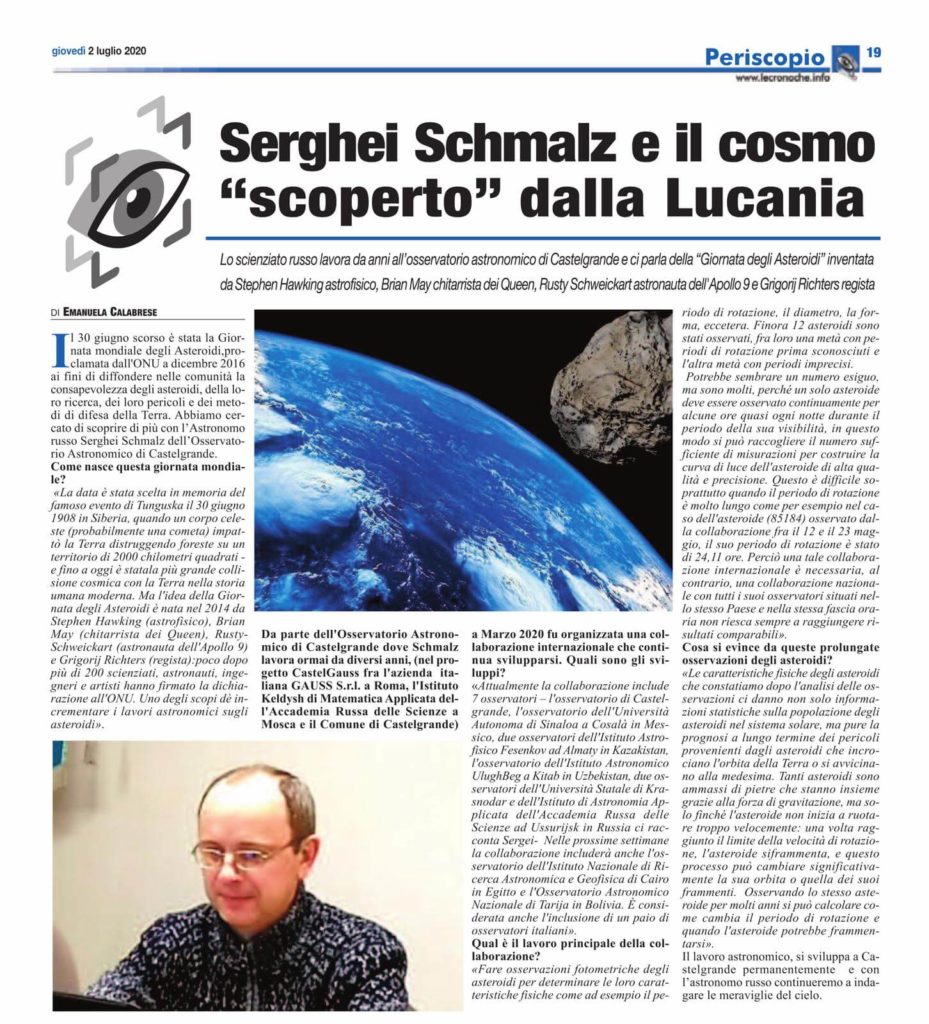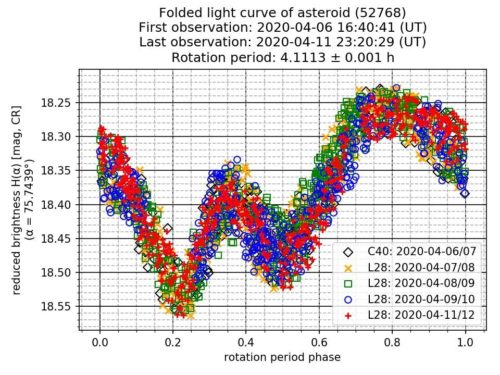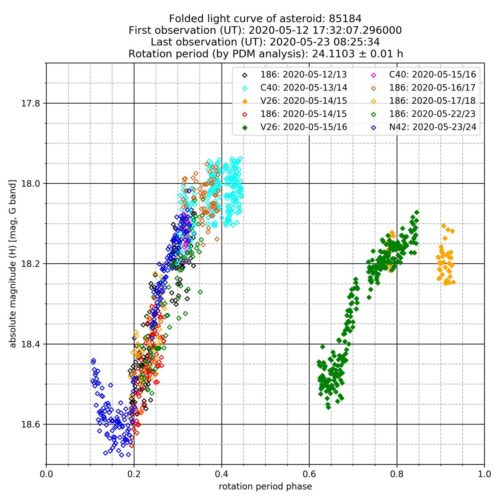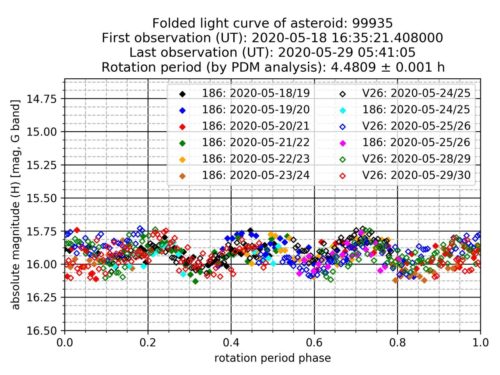The Asteroid Day, which is celebrated on June 30, is an annual international event declared by the United Nations Organization in December 2016 with the goal to spread awareness among general public about asteroids, their research, their usage, their hazards and the methods of Earth protection against them.
The celebration date had been selected in memories of the famous event of Tunguska on June 30, 1908 in Siberia, when a celestial body (probably a comet) impacted the Earth destroying a forest area of 2000 square kilometres, which has been the greatest cosmic impact in the modern human history till today. One of the multiple goals of the Asteroid Day is to increase astronomical work on asteroids all over the world.
In March 2020, the Astronomical Observatory of Castelgrande (in the scope of the CastelGauss Project leaded by the joint efforts of the Italian private company GAUSS S.r.l. in Rome, of the Keldysh Institute of Applied Mathematics of the Russian Academy of Sciences in Moscow, and of the Comune of Castelgrande) has organized an international collaboration which continues to grow.
At the present time, the collaboration includes seven observatories – the observatory of Castelgrande itself, the observatory of the Autonomous University of Sinaloa in Mexico, two observatories of the Fesenkov Astrophysical Institute in Almaty in Kazakhstan, the observatory of Ulugh Beg Astronomical Institute in Kitab in Uzbekistan, observatories of the Kazan State University in Kazan and of the Institute of Applied Astronomy of the Russian Academy of Sciences in Ussuriysk in Russia.
During the next weeks the collaboration will also include the observatory of the National Research Insitute of Astronomy and Geophysics in Cairo in Egypt and the National Astronomical Observatory of Tarija in Bolivia. Inclusion of some Italian observatories is also under consideration.
Primarily, the collaboration works on photometric observations of asteroids to determine their physical properties such as the rotation period, diameter, shape, etc. As of today, 14 asteroids have already been observed by the collaboration, for one half of which the rotation periods were not known previously, and for the other half they were known imprecisely.
In this collaboration the Astronomical Observatory of Castelgrande is responsible, in the first place, for observation planning, data analysis and publication of results.
Press Release by Sergei Schmaltz




